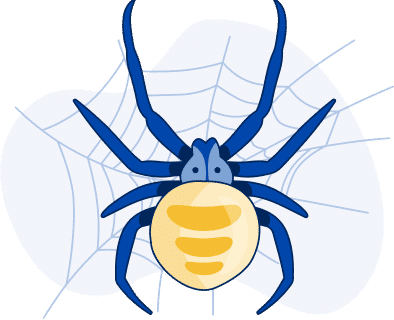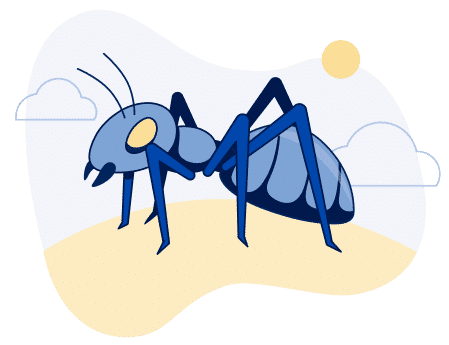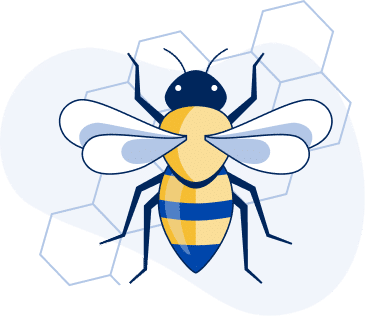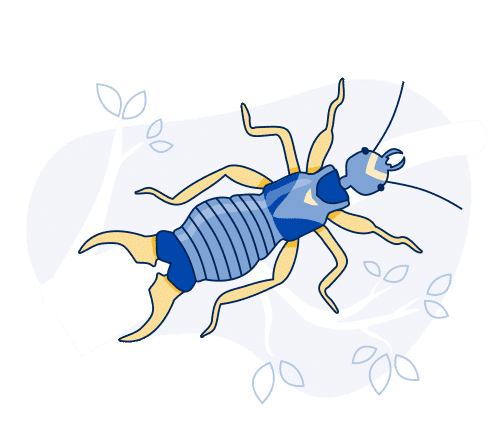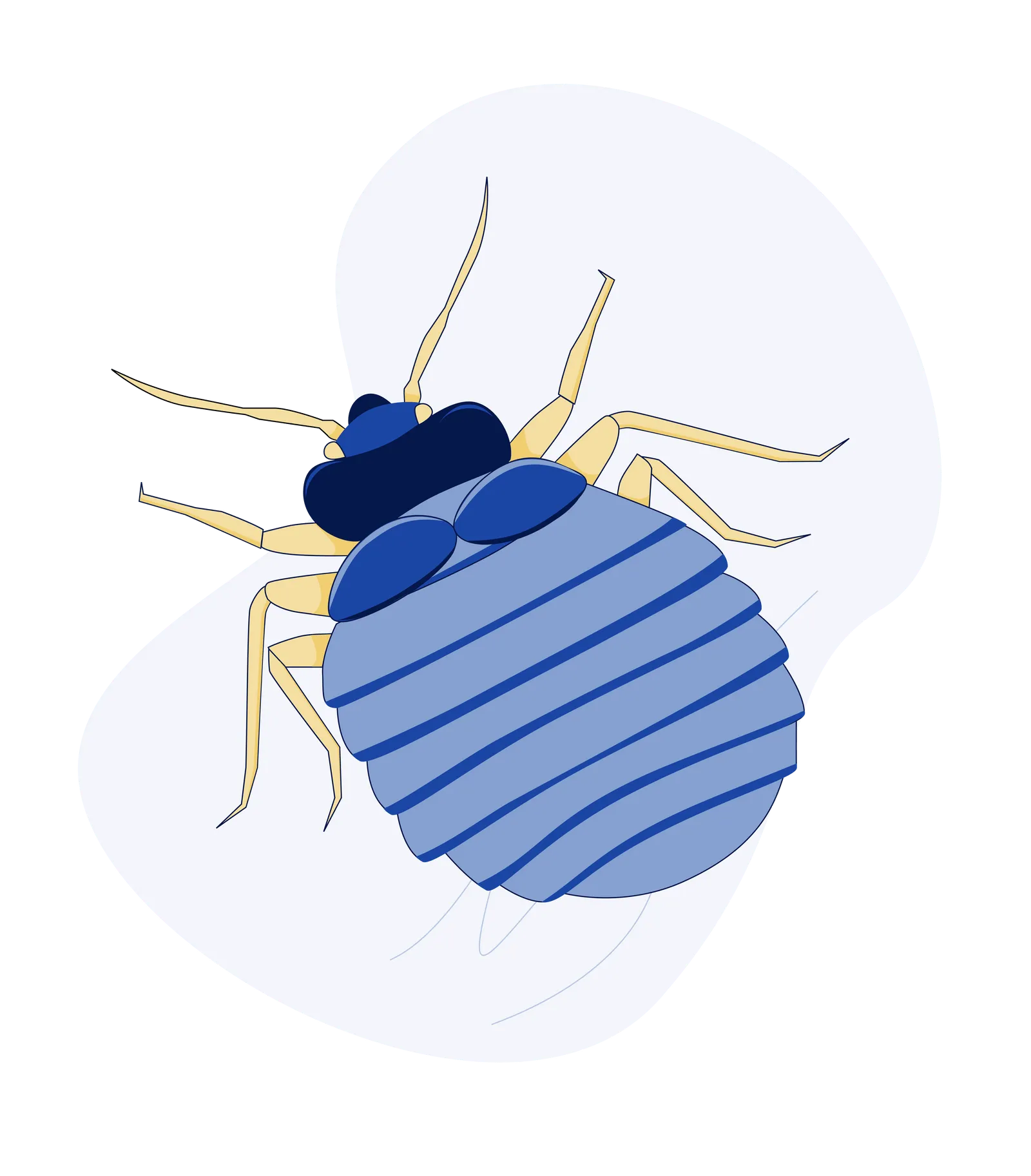How to Identify and Control Common Flower Patch Pests
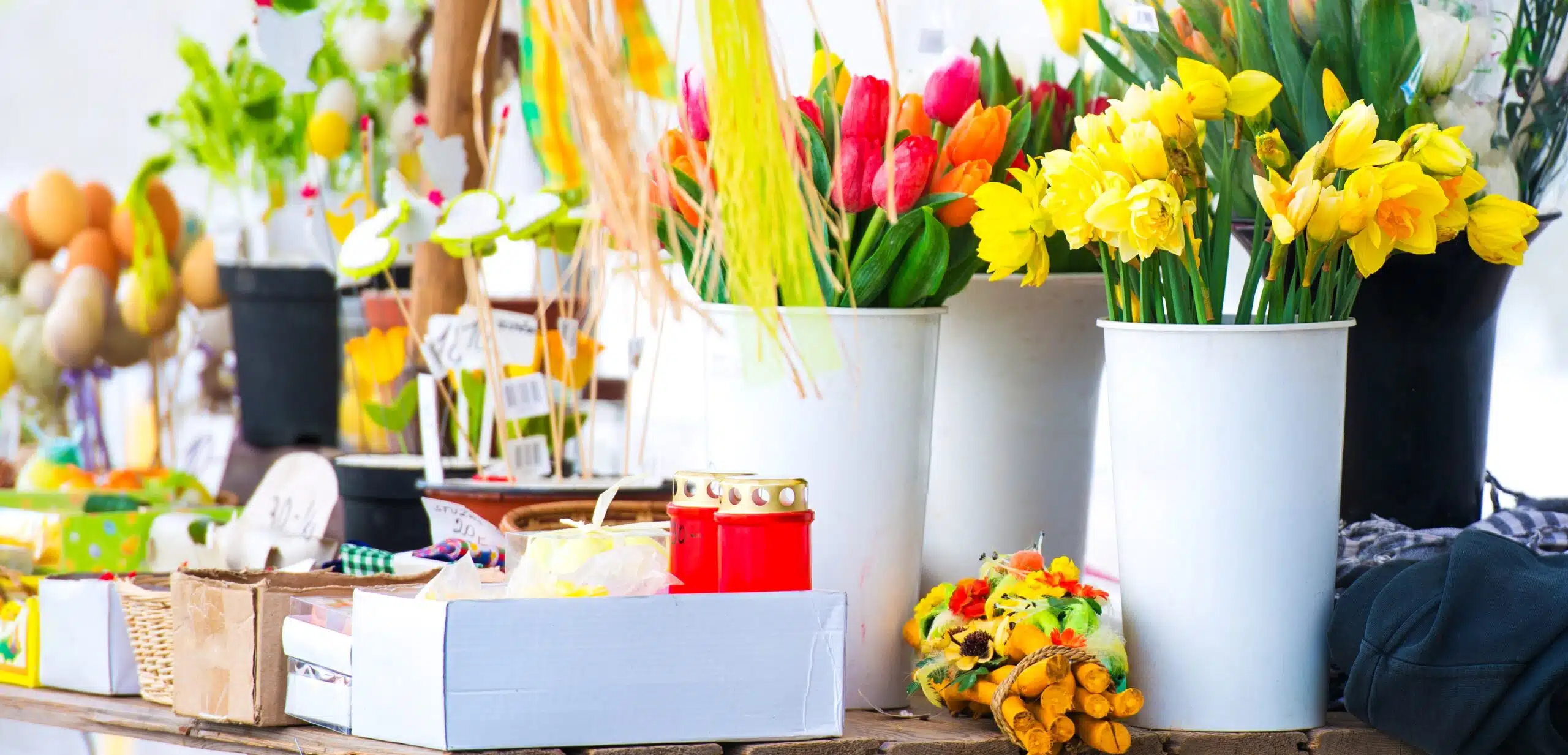
Maintaining a vibrant and healthy flowers or any plants can be an immensely rewarding experience, allowing you to enjoy the beauty and fragrance of your blooms. Yet, the serenity of a blooming garden is often threatened by uninvited guests: pests. These tiny invaders can compromise the health and aesthetics of your vibrant flower patch. But fear not, for we have crafted a definitive guide to help you identify and eliminate common pests in your floral haven.
Flower Patch, nestled in the heart of Riverside Plaza, is not just a flower shop; it’s a sanctuary for plant lovers. By implementing these strategies, you can protect your flowers and ensure they continue flourishing, bringing joy and beauty to your garden for the coming seasons.
Common Flower Patch Pests
The first step in safeguarding your flower patch from these occasional invaders is to recognize the enemy. Each pest leaves a unique signature on your plants, from aphids to spider mites. Look for telltale signs like chewed leaves, discolored petals, or a sticky residue. Understanding these indicators is crucial, especially for a flower shop where the beauty of each bloom counts.
1. Aphids
Aphids are small, soft-bodied insects that feed on the sap of plants. They are usually found on the undersides of leaves and can be identified by their pear-shaped bodies and long antennae. Aphids can cause damage to plants by sucking out sap, which can lead to wilting, yellowing leaves, and stunted growth.
To control aphids, you can spray your plants with a strong jet of water to dislodge them. Alternatively, you can introduce natural predators such as ladybugs or lacewings to your garden, as they feed on aphids. In severe cases, you may need to use insecticidal soap or neem oil to control aphid populations.
2. Spider Mites
Spider mites are tiny pests closely related to spiders. They feed on plant sap and can cause significant damage, especially in hot, dry conditions. Spider mites are often found on the undersides of leaves and can be identified by the fine webbing they produce.
To control spider mites, regularly inspect your plants for signs of infestation, such as stippled leaves or webbing. You can also spray your plants with strong water jet, use insecticidal soap, or introduce predatory mites that feed on spider mites.
3. Slugs and Snails
Slugs and snails are common garden pests that feed on plant leaves and stems. They are most active at night and can cause extensive damage to your flower patch if left unchecked. Slugs and snails can be identified by the slimy trails they leave behind.
You can handpick slugs and snails from your garden or set up traps using beer or grapefruit halves to control slugs and snails. You can also create barriers around your plants using copper tape or diatomaceous earth to prevent them from reaching your flowers.
4. Caterpillars
Caterpillars are the larval stage of butterflies and moths and can be a common pest in flower patches. They feed voraciously on leaves and can quickly defoliate plants if left unchecked. Caterpillars can be identified by their soft, segmented bodies and chewing mouthparts.
To control caterpillars, you can handpick them from your plants or use organic insecticides such as Bacillus thuringiensis (Bt) to target them specifically. Identifying the species of caterpillar infesting your garden is essential, as some are beneficial and should be left alone.
Signs of Pest Infestation
Detecting signs of pest infestation in your flower shop early is crucial to preventing widespread damage to your blooms. Regular monitoring is key, as pests can quickly multiply and cause significant harm. Here are some common signs to watch out for:
1. Visible Insects
The presence of visible insects on your plants clearly indicates a pest infestation. Regularly inspect your plants’ leaves, stems, and flowers for any signs of insects. Look for clusters of aphids, spider mites, caterpillars, and other unusual pests that may feed on your blooms.
2. Discoloration or Spots
Discoloration or spots on the leaves or petals of your plants can be early warning signs of a pest problem. These symptoms can indicate that pests are feeding on the plant tissues, causing damage that can affect the plant’s health and appearance. Keep an eye out for changes in the color or texture of your plants’ foliage, as these can indicate pest activity.
3. Chewed Petals and Leaves
Chewed or damaged petals and leaves are clear indicators of pest presence. Pests like caterpillars, slugs, and snails feed on plant tissues, leaving behind visible damage. If you notice any signs of chewing or damage on your plants, inspect them closely for the presence of pests and take action to control them promptly.
Fortifying Your Flower Patch: Advanced Pest Control Tactics for Optimal Bloom Protection
Once you’ve identified pests in your flower shop, it’s crucial to take immediate action to protect your blooms. Our guide offers proven pest control methods for your garden and for flower shops, ensuring that your bouquets remain pristine and your customers delighted. Whether you rely on natural predators, eco-friendly pesticides, or regular maintenance routines, we’ll show you how to create a resilient defense against these floral foes.
1. Natural Predators
Introducing natural predators into your flower shop can be an effective and environmentally friendly way to control pests. Ladybugs, lacewings, and predatory mites are all examples of beneficial insects that feed on common flower pests like aphids, spider mites, and thrips. By encouraging these natural predators to inhabit your shop, you can keep pest populations in check without the need for chemical pesticides.
2. Eco-Friendly Pesticides
If natural predators alone cannot control pest populations in your flower shop, eco-friendly pesticides can be a safe and effective alternative to traditional chemical pesticides. These products are formulated to target specific pests while minimizing harm to beneficial insects, humans, and the environment. Look for products that are certified organic and safe for use around flowers.
3. Regular Maintenance Routines
Implementing regular pest control or maintenance routines in your flower shop can help prevent pest infestations before they occur. This includes regularly inspecting plants for signs of pests, promptly removing any infested plants or flowers, and maintaining a clean and tidy shop environment. You can significantly reduce the risk of pests damaging your blooms by staying proactive and vigilant.
4. Proper Plant Care
Proper care and maintenance of your plants can also help prevent pest infestations. Ensure that your plants are receiving the right amount of water, sunlight, and nutrients to keep them healthy and less susceptible to pests. Avoid over-fertilizing, as this can attract pests and weaken plant defenses.
5. Quarantine New Plants
Before introducing new plants into your flower shop, it’s essential to quarantine them to prevent the introduction of pests. Keep new plants isolated from your existing stock for a few weeks and monitor them closely for any signs of pest infestation. This precautionary measure can help prevent the spread of pests to your other plants.
6. Educate Your Staff
Educating your staff about common flower pests and how to identify them can help prevent pest infestations in your shop. Ensure your team knows what to look for and how to respond if they suspect a pest problem. Encourage them to report any signs of pests immediately so that action can be taken promptly.
Collaborating with Local Pest Control Experts for a Thriving Garden
Ensuring a Pest-Free Environment with Serve Pest Control At Serve Pest Control, we stand by our promise to deliver a pest-free environment. Our commitment to quality is unwavering, and we take pride in our pest-free certification. This guarantee means that when you partner with us, you’re choosing a service that prioritizes the health and beauty of your garden. We use comprehensive strategies to ensure that pests are kept at bay, so your plants can grow without the threat of infestation.
The Importance of Robust, Healthy Plants Starting with strong, resilient plants is the cornerstone of a flourishing garden. We emphasize the long-term benefits of nurturing plants that can withstand the challenges of pests. By selecting robust varieties and providing them with the right care, we help you establish a garden that’s beautiful today and resilient for years to come. Healthy plants are less likely to succumb to pests, making them a wise investment for any gardener.

